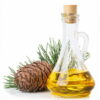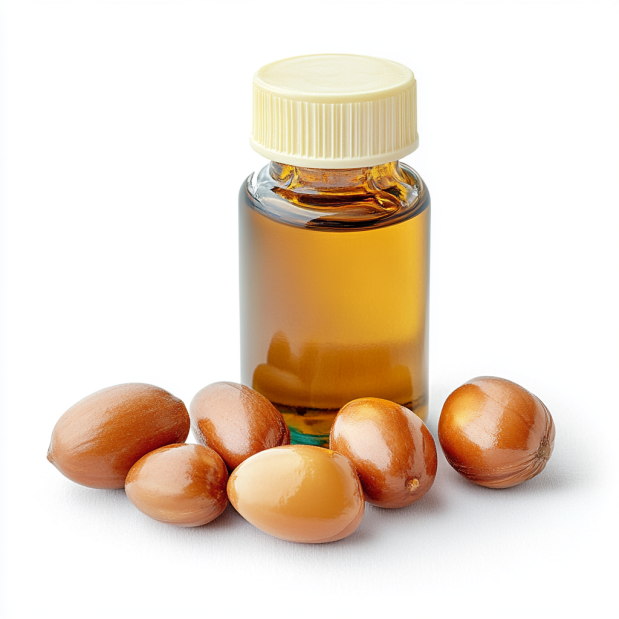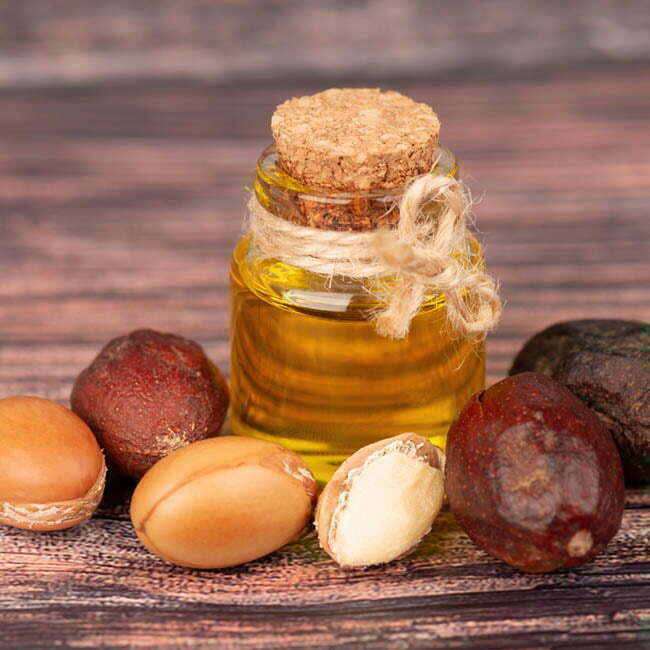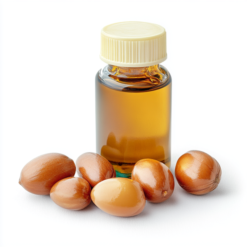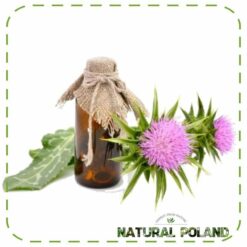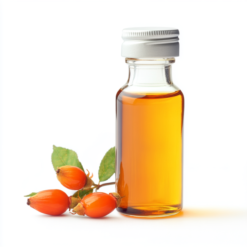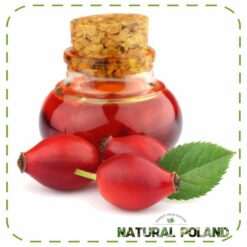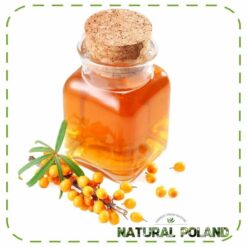Argan oil is extracted from the kernels of the fruit that is produced by the Argan tree, Argania spinosa. The oil is a rare and valuable resource for treating a wide range of cosmetic and medical problems. It contains high percentage of essential fatty acids and phenols. It is more resistant to oxidation than olive oil.
Argan oil contains large amounts of vitamin E, which has a regenerating effect on the body and helps slow down the aging process of cells. It is a natural product that can be used on any type of skin or hair. It is also suitable for people with allergic tendencies. Argan oil also helps prevent cellulite and stretch marks. It is highly valued both as a stand-alone skincare product and as an additive to other cosmetics. Regular use brings visible results in a short time.
Colloquially, it’s often called the liquid gold of Morocco or the elixir of youth.
Chemical composition of argan oil
The fatty fraction of argan oil consists mainly of unsaturated fatty acids highly valued in cosmetics: oleic acid (42–55%) and linoleic acid (27–40%), with the addition of saturated palmitic acid (6–16%).
| Palmitic | C16:0 | 6 – 16 |
| Stearic | C18:0 | 3 – 8 |
| Oleic | C18:1 | 42 – 55 |
| Linoleic | C18:2 | 27 – 40 |
In the unsaponifiable fraction, which makes up about 1% of the oil, sterols are present – predominantly spinasterol and schottenol – as well as triterpene alcohols, xanthophylls, tocopherols, and other phenolic compounds.
Alongside the fatty components, special attention should be given to tocopherols – derivatives of vitamin E with very strong antioxidant properties. In argan oil, γ-tocopherol is the most abundant, while α-tocopherol, β-tocopherol, and δ-tocopherol are also present.
How to use argan oil?
Argan oil is not called the liquid gold of Morocco without reason. This unique raw material, obtained from the fruits of argan trees (Argania spinosa), endemic to Morocco, is one of the rarest and most precious plant oils in the world. At the same time, due to its beneficial health properties, argan oil is a highly desirable cosmetic ingredient, often referred to as the “elixir of youth.”
Argan oil in cosmetics
Argan oil is primarily used in cosmetics – both on its own and as an ingredient in multi-component formulations. Its chemical composition, which includes unsaturated fatty acids and compounds with strong antioxidant activity, gives it nourishing, regenerative, and rejuvenating properties, while also reducing sebum secretion.
Argan oil applied to the skin
For hundreds of years, Moroccan women used argan oil in skincare, particularly for treating acne, blemishes, chickenpox scars, and cracked skin. Today, this traditional use not only continues but has also been scientifically confirmed.
Additionally, argan oil is especially valued for its moisturizing and anti-aging properties – it hydrates the skin, neutralizes free radicals, nourishes, supports regeneration, and increases epidermal elasticity. Its physicochemical characteristics are also important in cosmetics – it has a pleasant scent, is well absorbed, and penetrates the skin quickly.
Thanks to these properties, argan oil can be used in cosmetic formulations designed for both acne-prone and mature or damaged skin. Apart from moisturizers, anti-wrinkle creams, and serums, it can also be found in soaps, shaving products, or used on its own as a massage oil.
Argan oil for hair and nails
In cosmetics, argan oil can also be applied to hair and nails, nourishing and strengthening them. When used on hair, it brings additional benefits – it adds shine, softness, revitalizes the scalp, and reduces sebum secretion, preventing excessive greasiness. For this purpose, it can be applied directly as a hair oil or used as an ingredient in shampoos and conditioners.
Culinary use of argan oil
Another application of argan oil is in nutrition. Despite its high price, it is also valued in the culinary world. Its distinctive nutty flavor and aroma give dishes an oriental character, while also providing health benefits.
Thanks to its strong antioxidant properties and high content of unsaturated fatty acids, much like olive oil, argan oil supports cardiovascular health. Studies confirm its effectiveness in lowering cholesterol and triglyceride levels, as well as its hypotensive and anti-atherosclerotic effects.
Bibliography:
Charrouf Z, Guillaume D. (2008). Argan oil: Occurrence, composition and impact on human health. Eur. J. Lipid Sci. Technol. 110: 632–636 https://doi.org/10.1002/ejlt.200700220
Cisowski W, Fecka I, Włodarczyk M. (2017). Owoce arganii (Argania spinosa (L.) Skeels) źródłem oleju tłustego. Postępy Fitoter. 6: 47-53 http://www.postepyfitoterapii.pl/wp-content/uploads/2017/06/pf_2017_047-053.pdf
Guillaume D, Charrouf Z. (2011). Argan oil and other argan products: Use in dermocosmetology. Eur. J. Lipid Sci. Technol. 113: 403–408 https://doi.org/10.1002/ejlt.201000417
Matławska I, Łajs I. (2010). Znaczenie spożywcze, lecznicze i kosmetyczne oleju arganowego. Postępy Fitoter. 2: 106-113 https://www.czytelniamedyczna.pl/3547,znaczenie-spozywcze-lecznicze-i-kosmetyczne-oleju-arganowego.html


